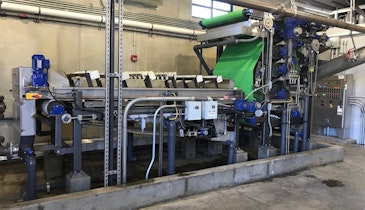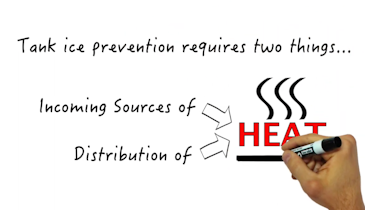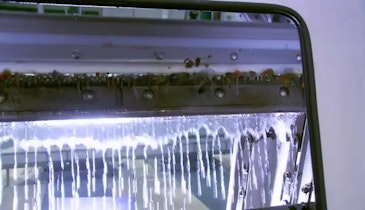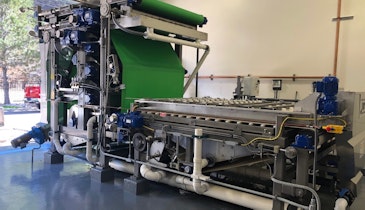Wastewater treatment plants around the world are experiencing a slew of challenges causing underperformance and unreliability.
Is your plant facing any of these common observed wastewater treatment challenges?
- Rising energy and chemical costs
- Treatment capacity constraints – inability to meet EPA effluent requirements
- FOG, scum and odor issues
- Frequent process upsets, toxicity events and inconsistent performance
- Bulking sludge, filamentous bacteria problems and poor sludge settling
The root cause for these challenges is the increased presence of these cleaning products that contain surfactants and quaternary ammonium compounds (QACs or quats), common ingredients in liquid cleaners and disinfectants, which interfere with solids separation, biological processes, and oxygen transfer — all critical factors in effective water treatment.
While surfactants and QACs (quats) help to clean, they also stabilize emulsions of oil and water, making them difficult to break down in wastewater. This can lead to fatberg formation. In fact, concentrations exceeding 15 mg/L of a common surfactant, sodium lauryl sulfate, can reduce oxygen transfer efficiency by 50% compared to clean water.
Until now, there hasn't been a chemical-free way to remove or inactivate these contaminants. Enter nanobubble technology from Moleaer.
Nanobubbles, when deployed in the right locations, have unique characteristics that can break down and remove surfactants. This reduces their concentrations, enhancing the treatment ability of wastewater plants, without any drawbacks.
Watch this video to learn how this unique technology is helping wastewater plants around the world recover treatment efficiency and capacity while reducing the cost to treat.
Want to learn more about surfactants and their impacts on wastewater treatment? Download this white paper.
Visit the Moleaer Storefront





